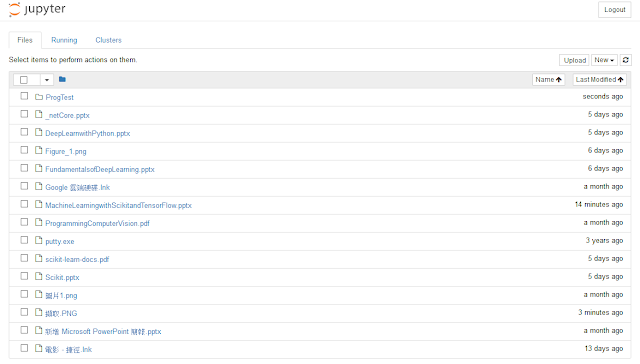LPIC1 (3) Runlevels
1. Runlevels of Linux System:
- 0: Runlevel 0 is used by administrators to shut down the system.
- 1: Single-user mode. In this mode, system services such as network interfaces, web servers, and file sharing are not started. This mode is usually used for system maintenance.
- 2: Multiuser. On Debian-based systems, this is the default runlevel.
- 3: On Red Hat–based systems, this is the default multiuser mode, which runs everything except the X Window System.
- 4: Typically unused.
- 5: On Red Hat–based systems, full multiuser mode with GUI login. Runlevel 5 is like runlevel 3, but X11 is started and a GUI login is available.
- 6: Reboot the system.
Runleves 0 and 6 should not be the default runlevel.
2. /etc/init.d directory:
This directory contains individual startup/shutdown scripts for each service on the system.
To start, stop and restart the service manually:
$ /etc/init.d/<service name> [stop|start|restart]
Update the configuration of the service:
$ /etc/init.d/<service name> reload
3. The directories /etc/rc0.d through /etc/rc6.d
The initialization scripts in /etc/init.d are not directly executed by the init process. Instead, each of the directories /etc/rc0.d through /etc/rc6.d contains symbolic (soft) links to the scripts in the /etc/init.d directory.
The naming rules of the files in the directories /etc/rcN.d is shown bellow:
- K and S prefixes: These letters stand for kill and start.
- NN (Sequence number): The lowest number represents the first script executed by init, and the largest number is the last.
- name: the name of the script being linked to.
4. Determining System’s Runlevel:
It displays the previous and current runlevel as integers.
If no runlevel change has occurred since the system was booted, the previous runlevel is displayed as the letter N.
$ runlevel # N 5
5. Changing System’s Runlevel:
$ sync $ sudo init <runlevel>
Reference
[1] Adam Haeder, Stephen Addison Schneiter, Bruno Gomes Pessanha, and James Stanger , LPI Linux Certification in a nutshell (3rd), O’Reilly Media (2010)

留言
張貼留言